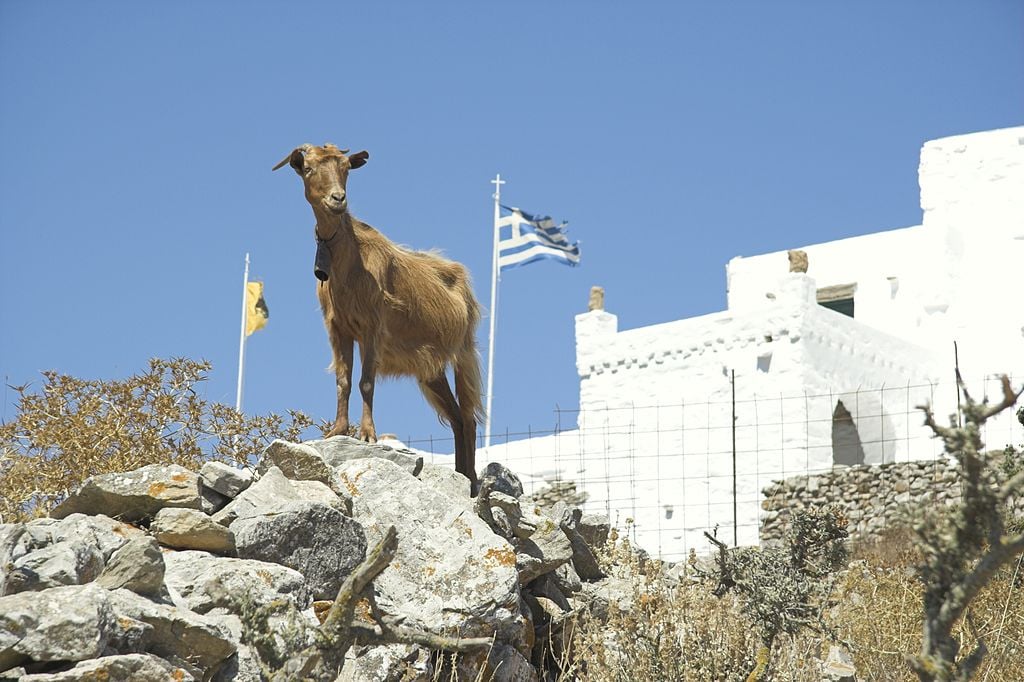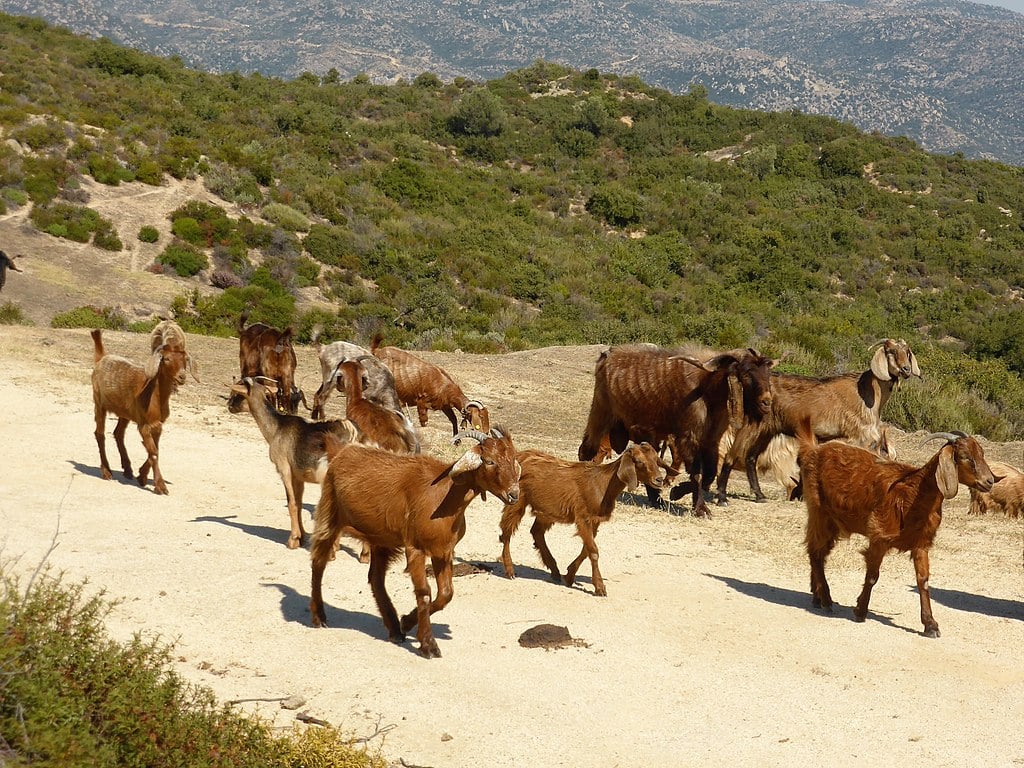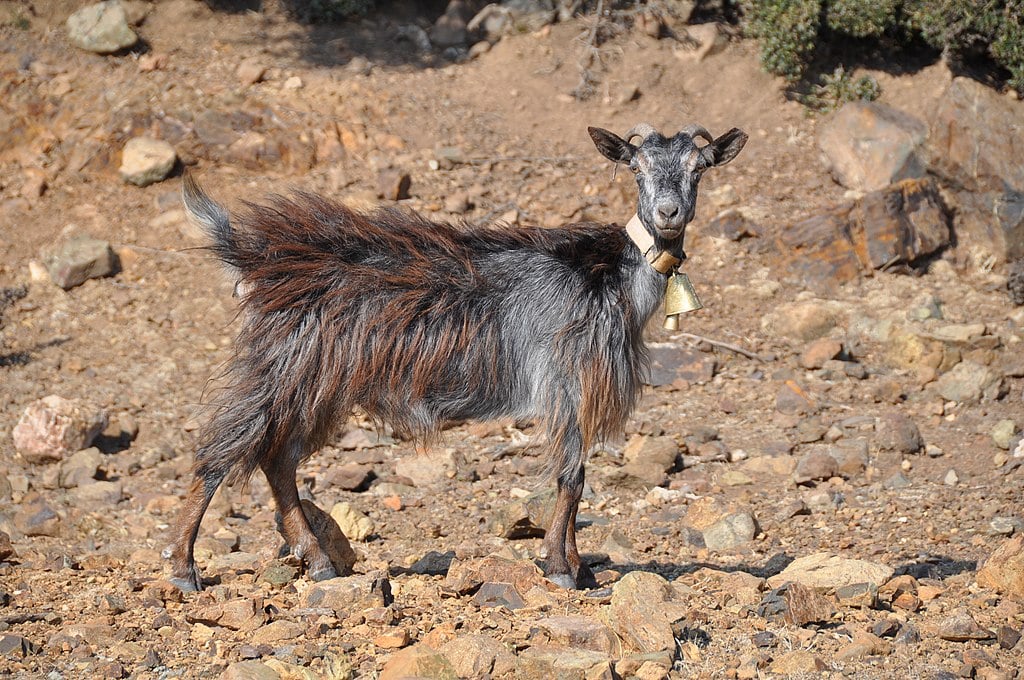
Greece is known for its adorable goats, particularly on islands.
According to a recent study conducted by the European Union’s statistics authority, Eurostat, Greece is the clear EU champion in regard to its number of resident goats.
More specifically, according to the European Union’s Agriculture, Forestry, and Fisheries report for 2020, Greece is at the EU forefront for the largest number of goats on its territory, possessing approximately 3,625,000 goats.
The second place goes to Spain with almost a million fewer goats than Greece.
The nation of Spain has a goat population of up 2,765,000 while Romania comes in third with about 1,539,000 goats.
France follows in fourth place with about 1,252,000 goats on its territory.
It’s worth mentioning that the remaining aforementioned EU member-states possess much greater land mass than does Greece, yet Greece’s mountainous countryside has somehow consistently proven to be a much more hospitable habitat for these adorable animals.

Goats are prominent in Greece’s folklore, history
This news has sparked a wave of humorous posts on Greek social media as Greek folk tradition has always portrayed goatherds as quaint, outdated figures, synonymous with poverty and a lack of education.
Of course, the country has a long-standing agricultural tradition, undoubtedly stretching back past antiquity, with goats being at the center of production of various cheese, milk, and meat products.
Scientists say goat milk has great medicinal qualities because of its high digestibility and hypoallergenic qualities, and they recommend it for people who are allergic to cow milk. Research results show that 40 to 100 percent of people who are allergic to cow’s milk can consume goat milk without any problems.
Most prominent is the traditional custom of having roasted goat along with roasted lamb on a spit on Easter Sunday.
However, such a large population of these useful animals does not come without a cost.
Overgrazing could have negative environmental impact
On the Greek island of Samothrace, for example, in the north Aegean Sea, goats are now posing an imminent threat to the natural environment as a result of overgrazing.
Remarkably, goats far outnumber humans on the island.

While there are only 3,000 permanent inhabitants on Samothrace, the island contains more than 45,000 goats at present, meaning that there are 15 goats for every human on Samothrace.
This has created a true environmental emergency on the island since tens of thousands of goats have already eaten almost all of Samothrace’s precious wild vegetation.
For this reason, many of these animals are now malnourished and cannot even be commercially sold for their meat.
Thus, it seems that the traditional love Greeks historically possess for goats could have reached its practical limit.
The unchecked goat population could cause a catastrophic loss of precious hillside vegetation in places such as Samothrace Island, damaging its natural environment for decades.
See all the latest news from Greece and the world at Greekreporter.com. Contact our newsroom to report an update or send your story, photos and videos. Follow GR on Google News and subscribe here to our daily email!



